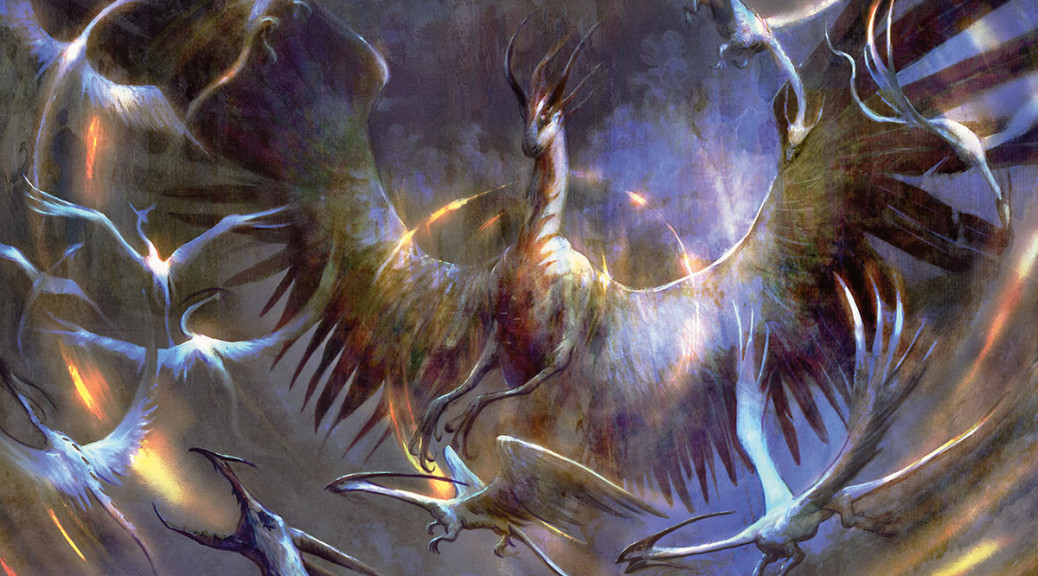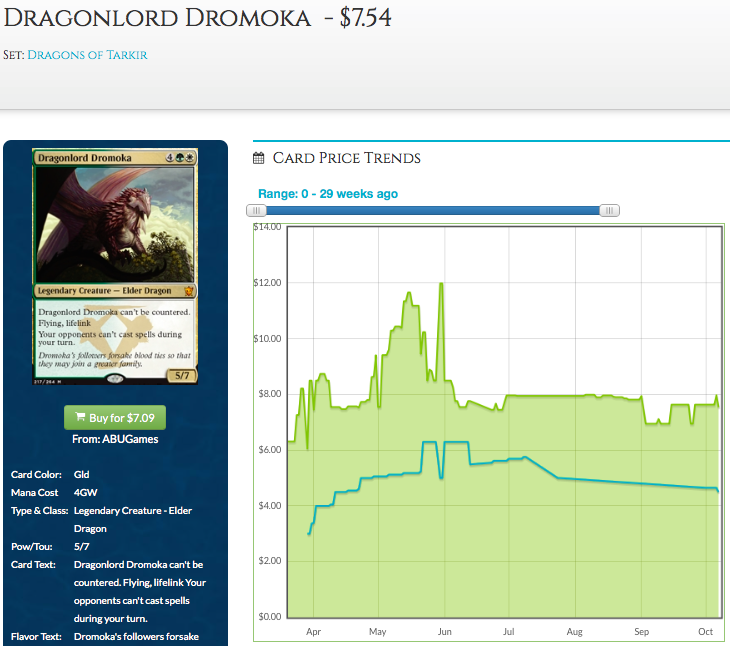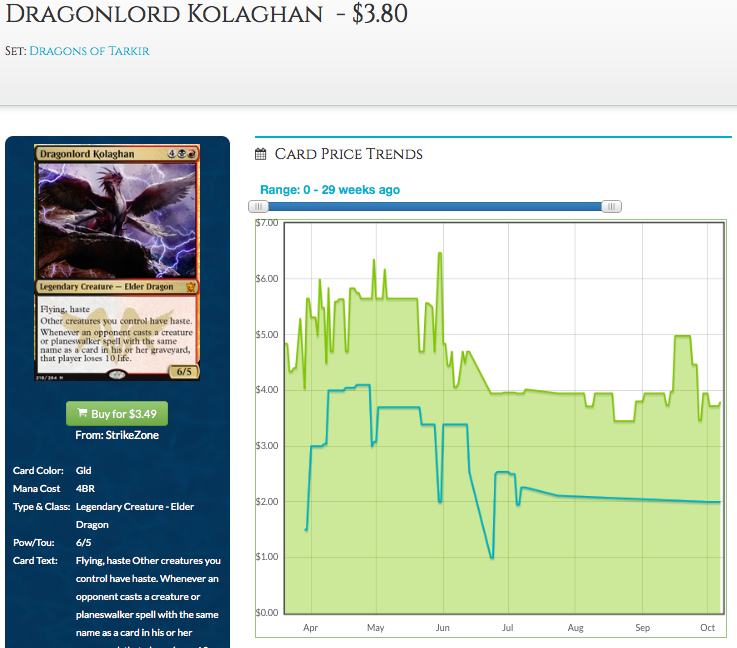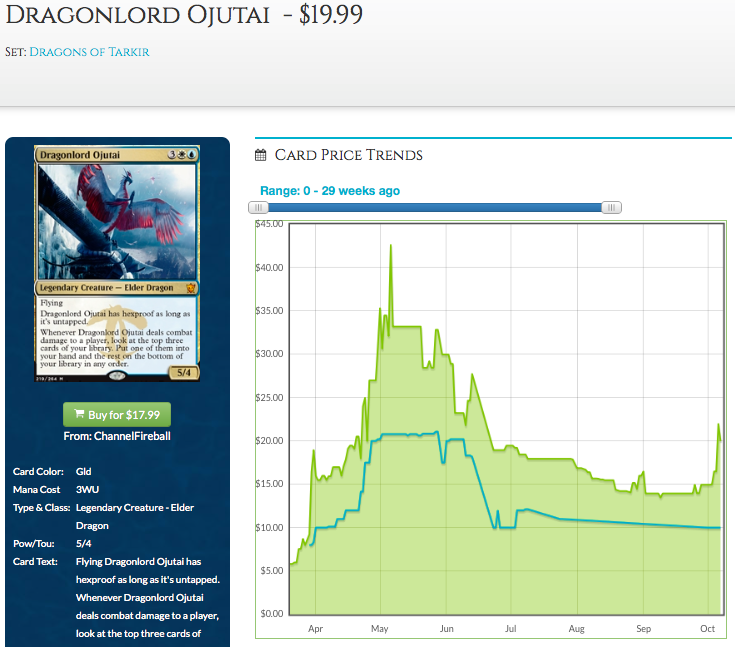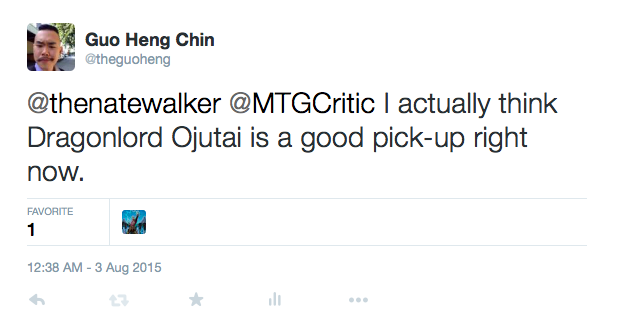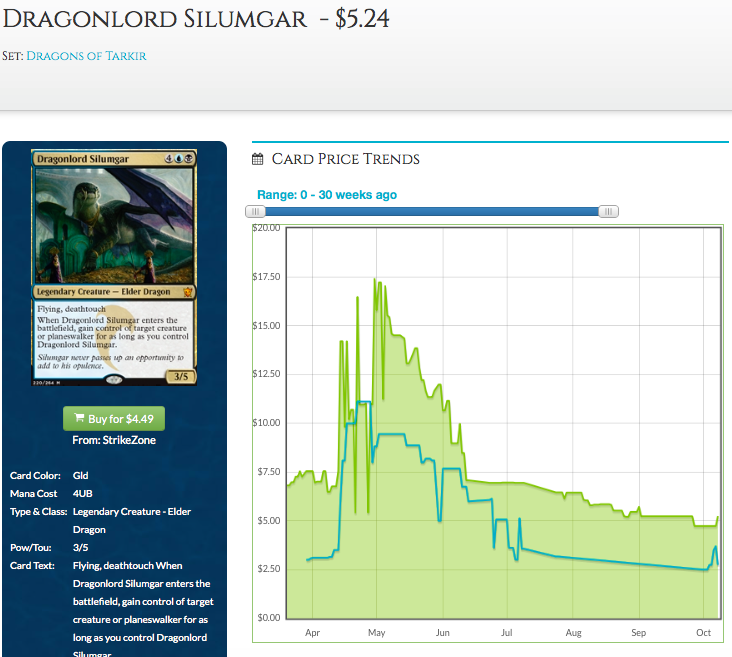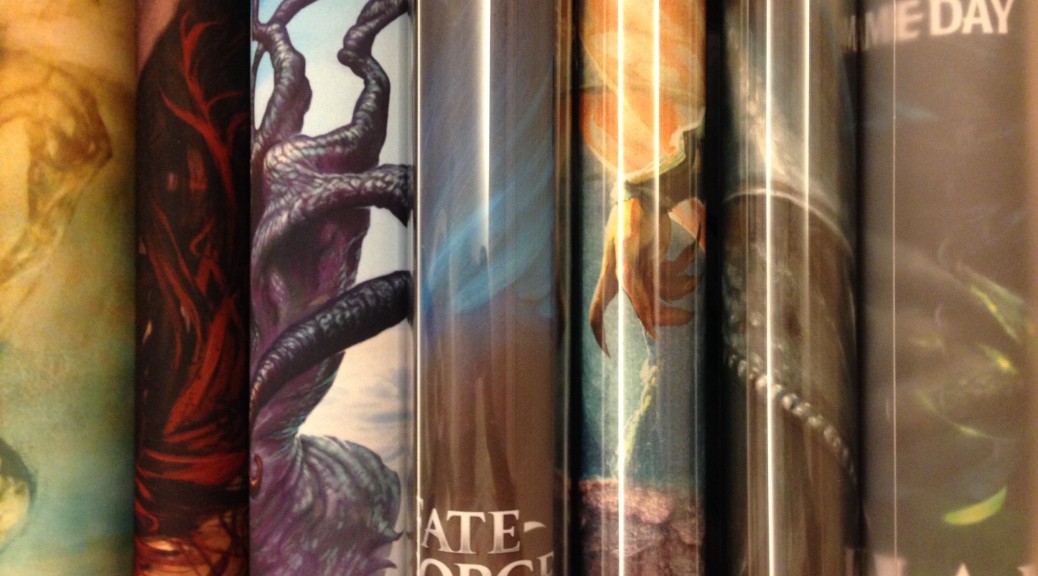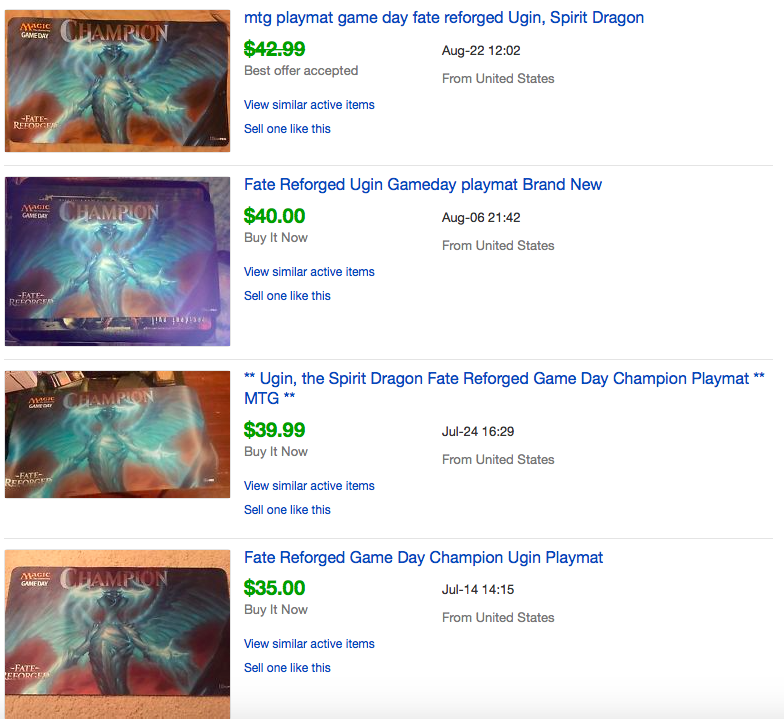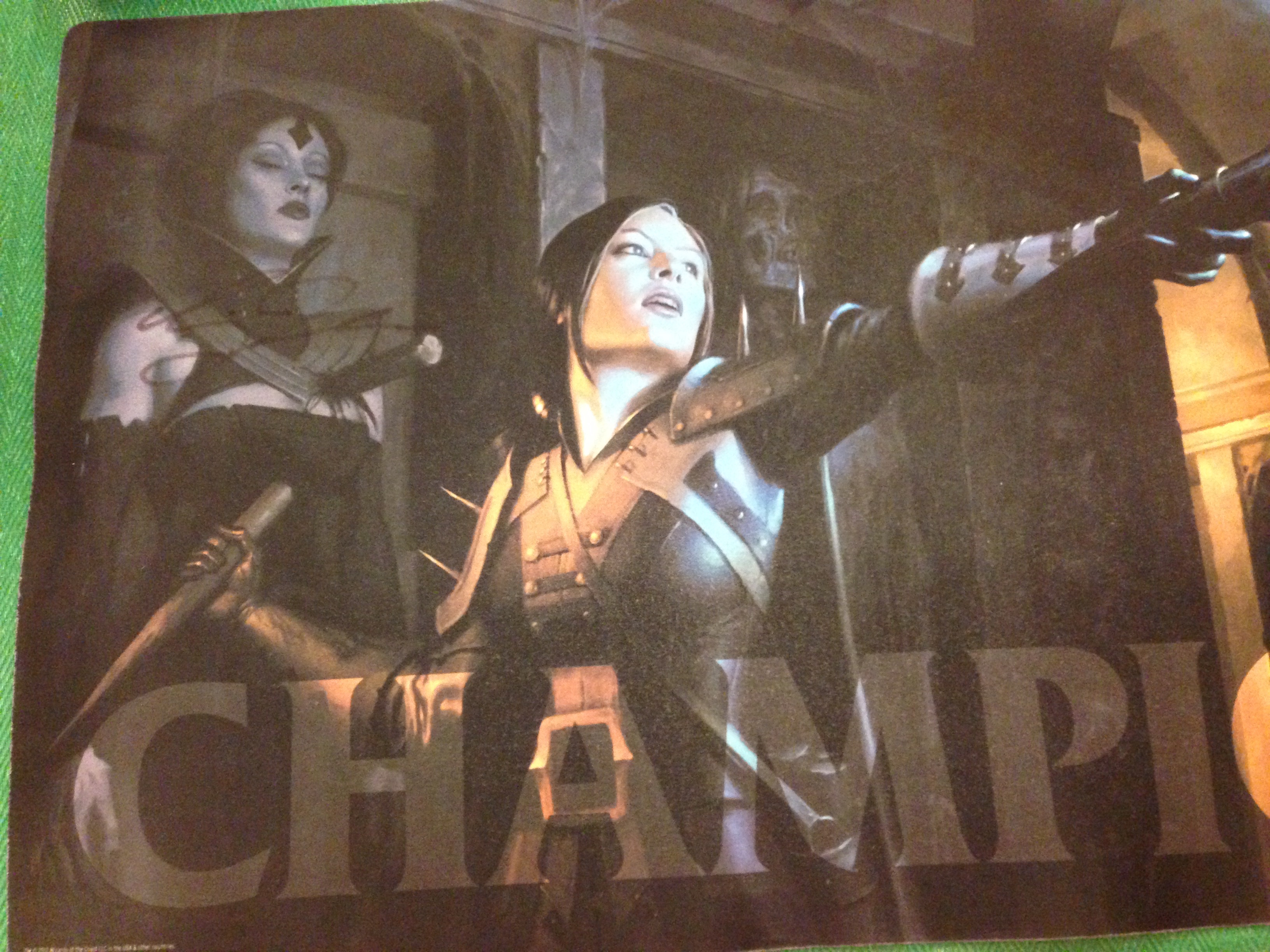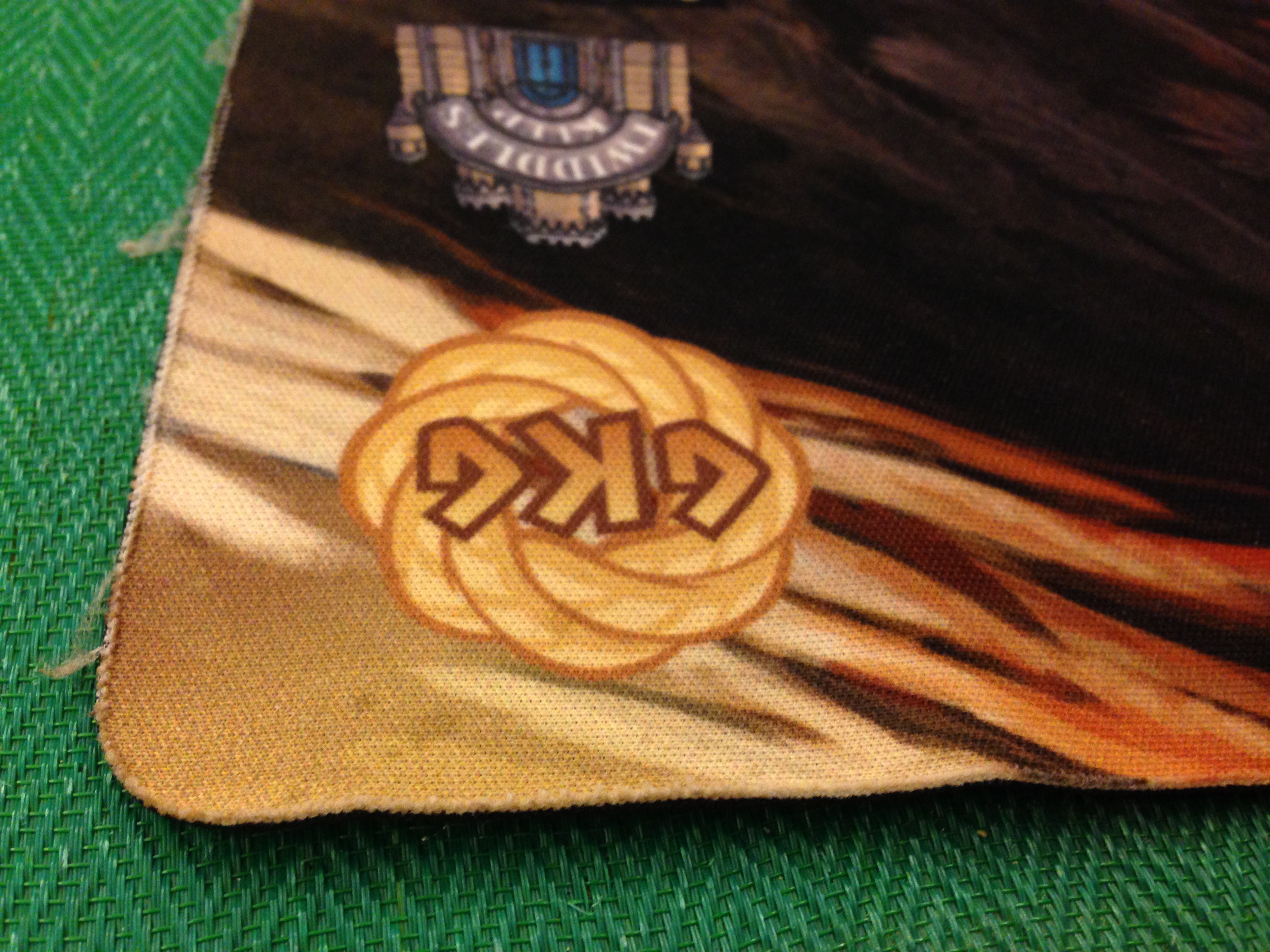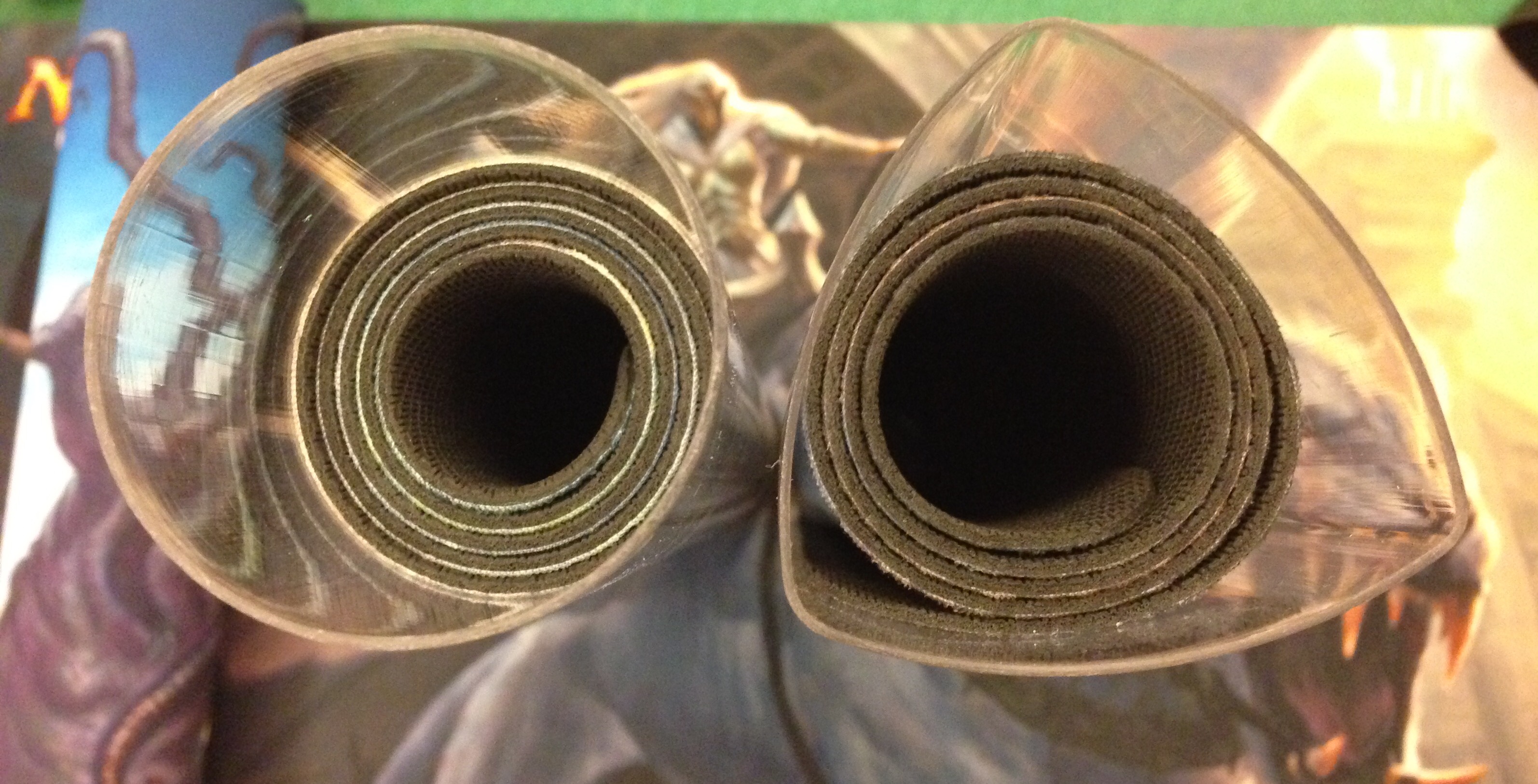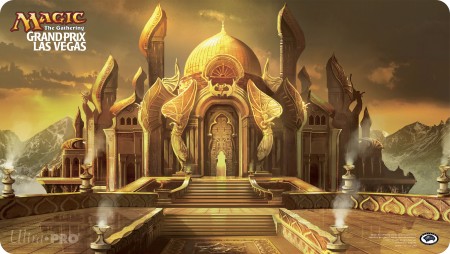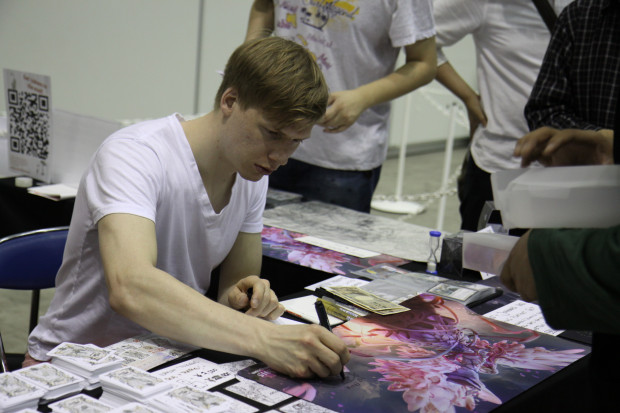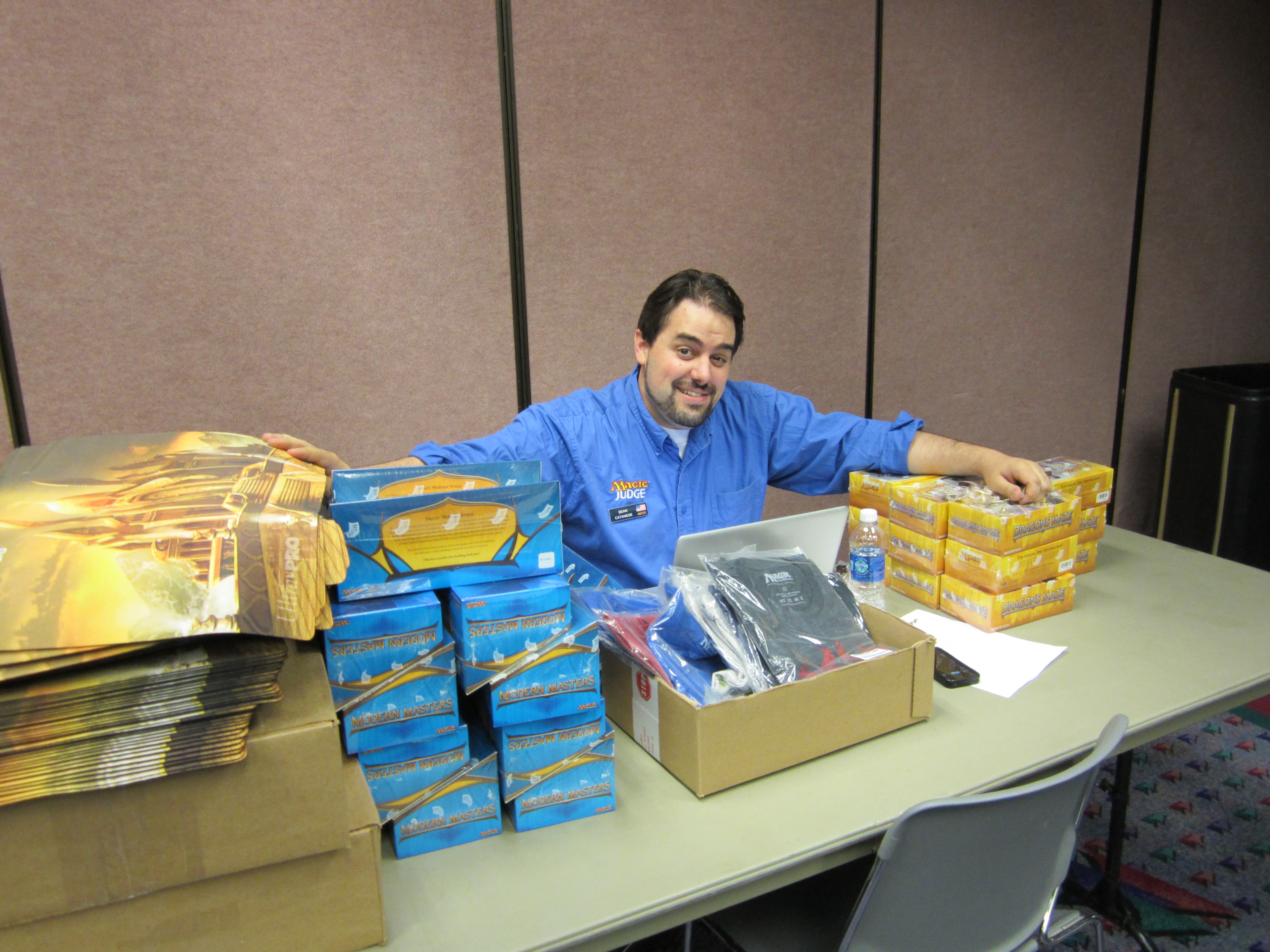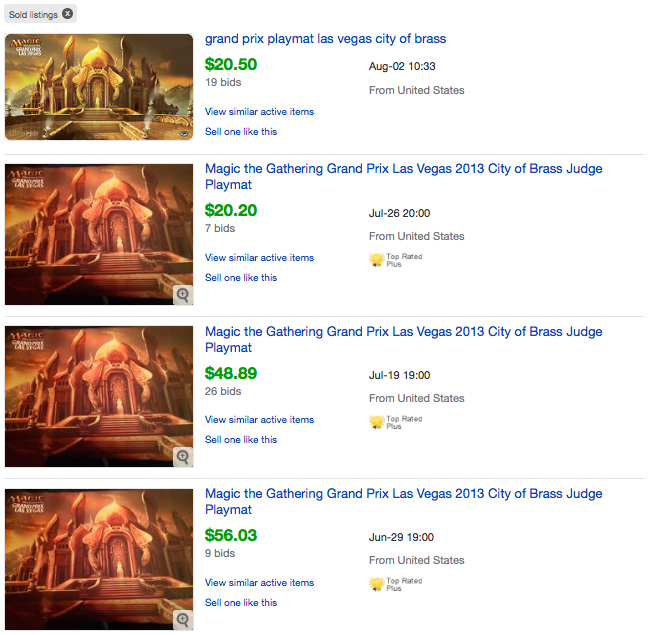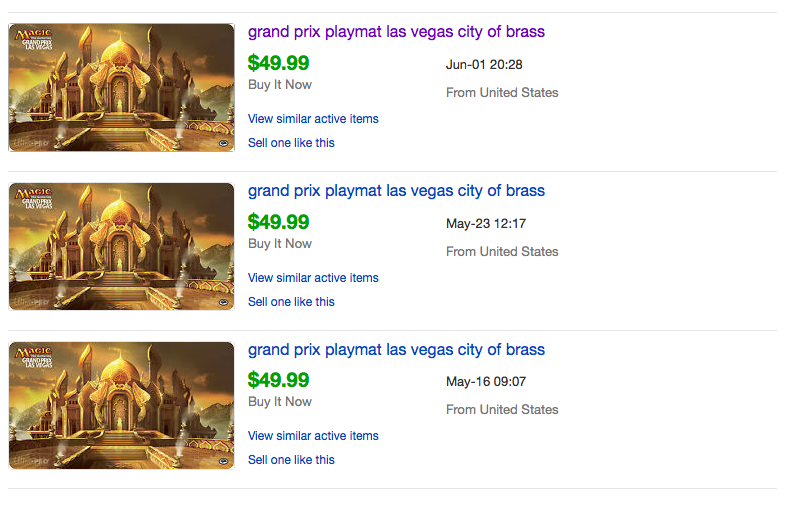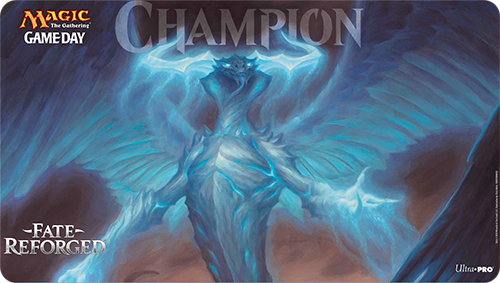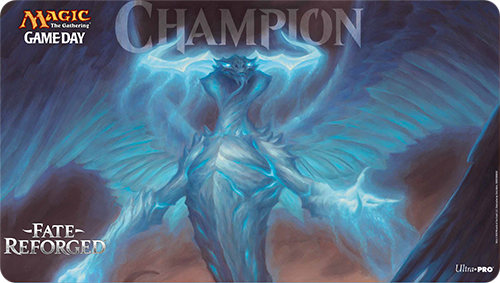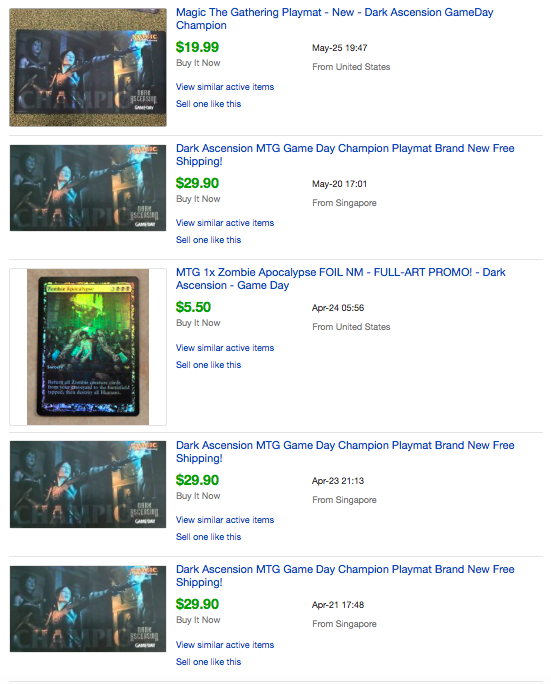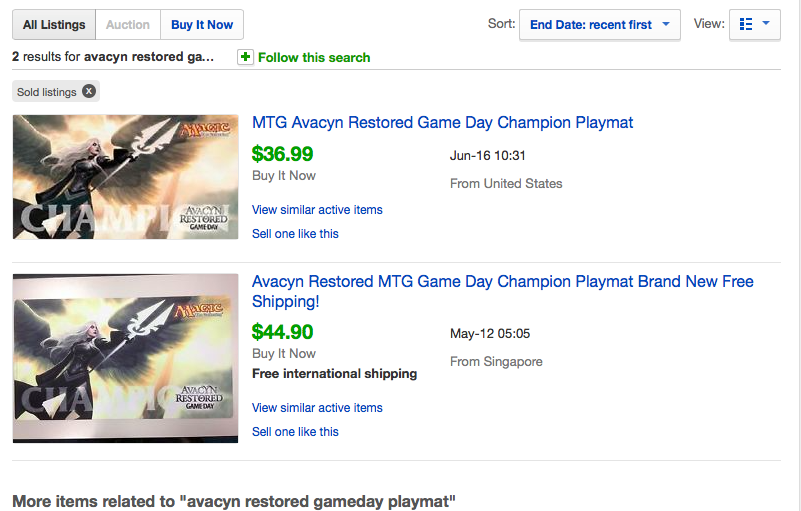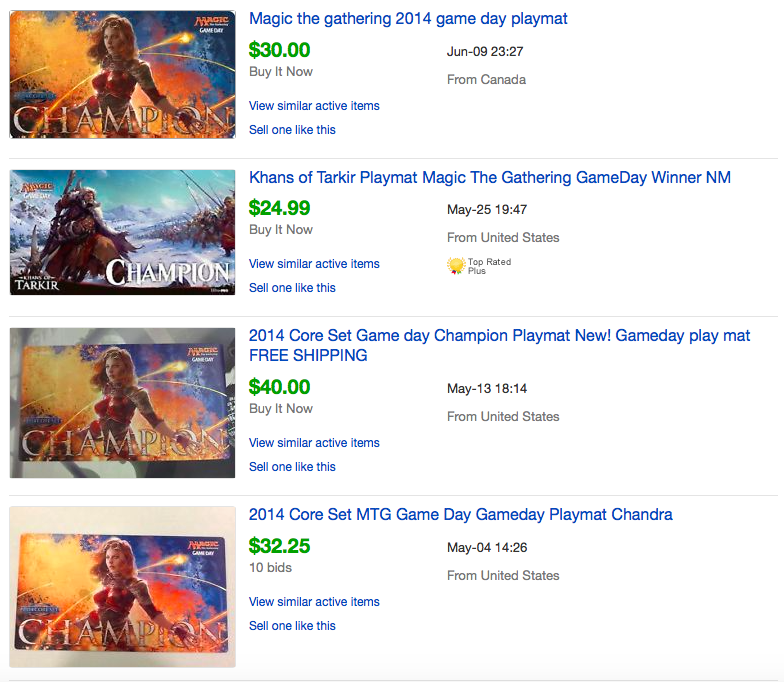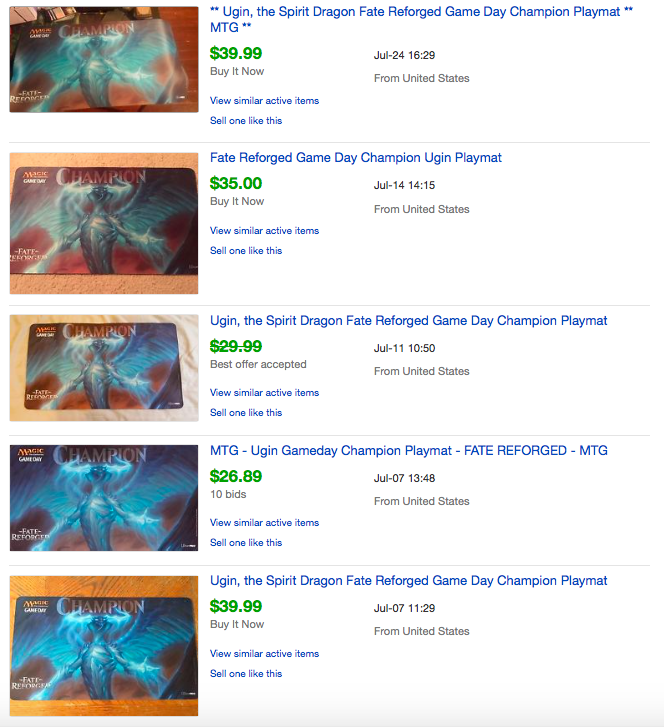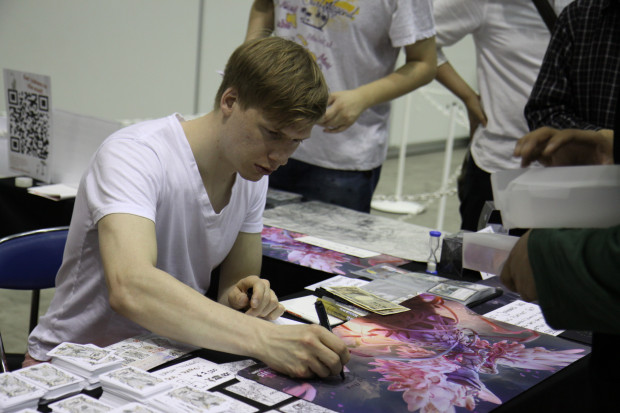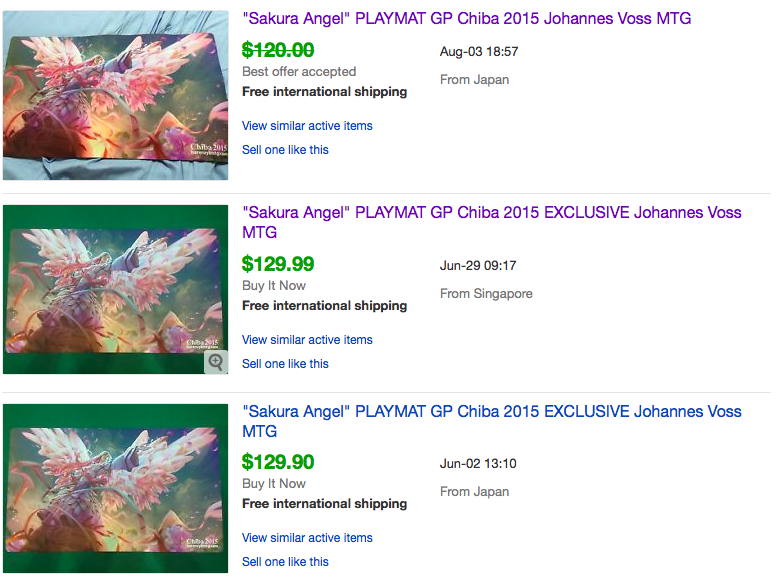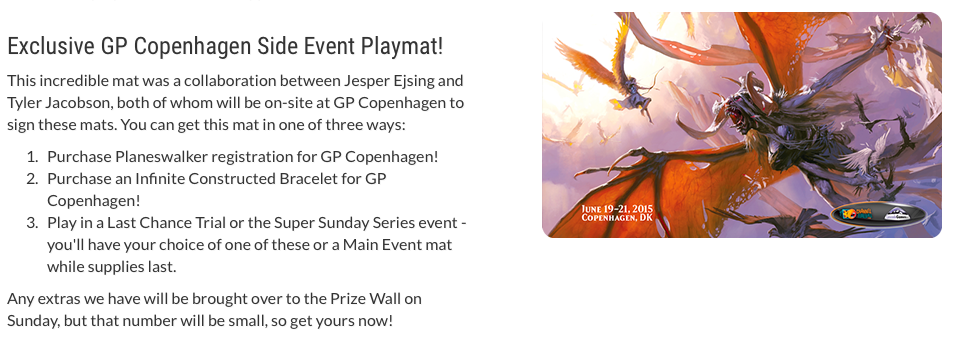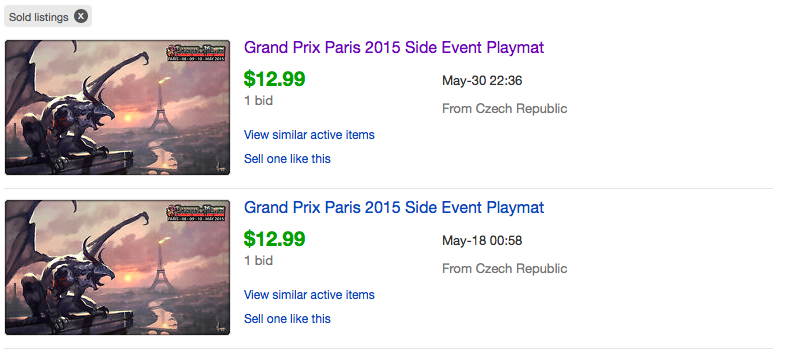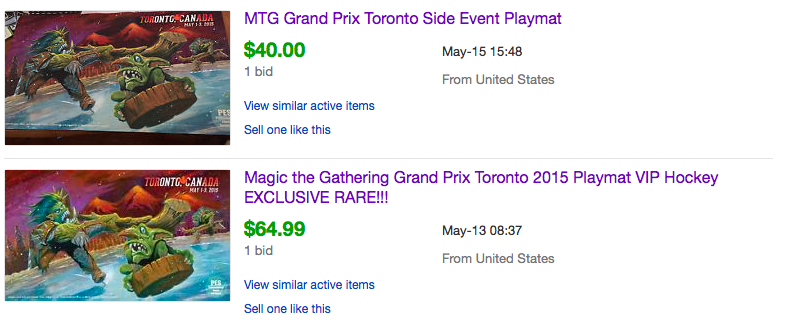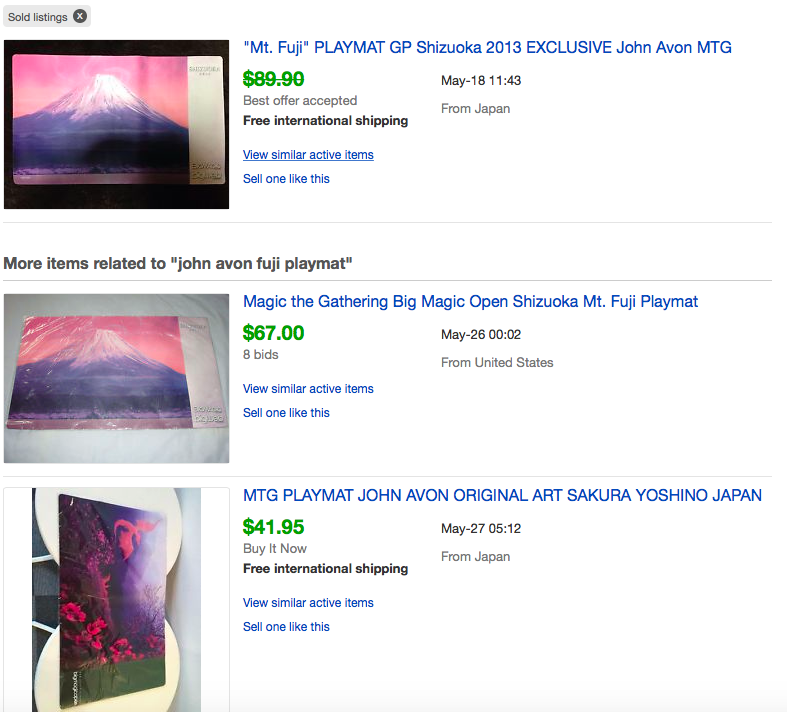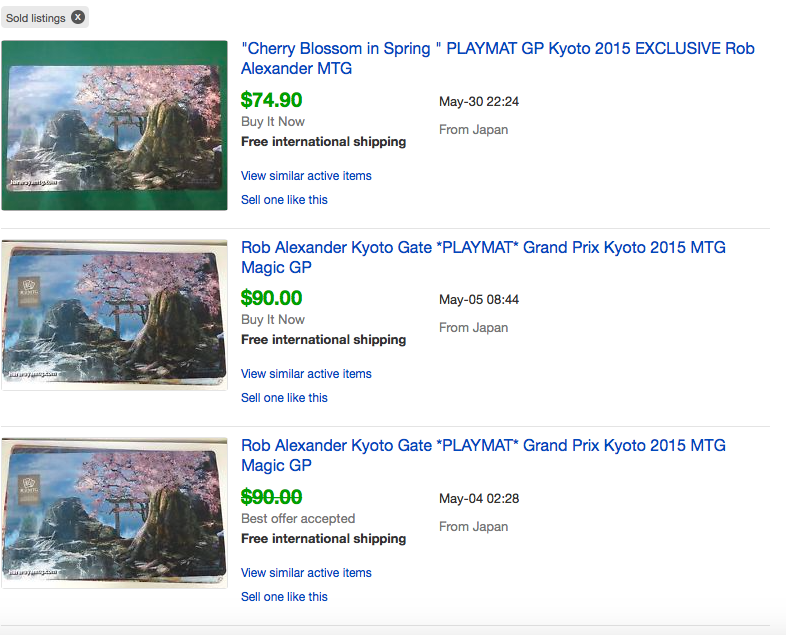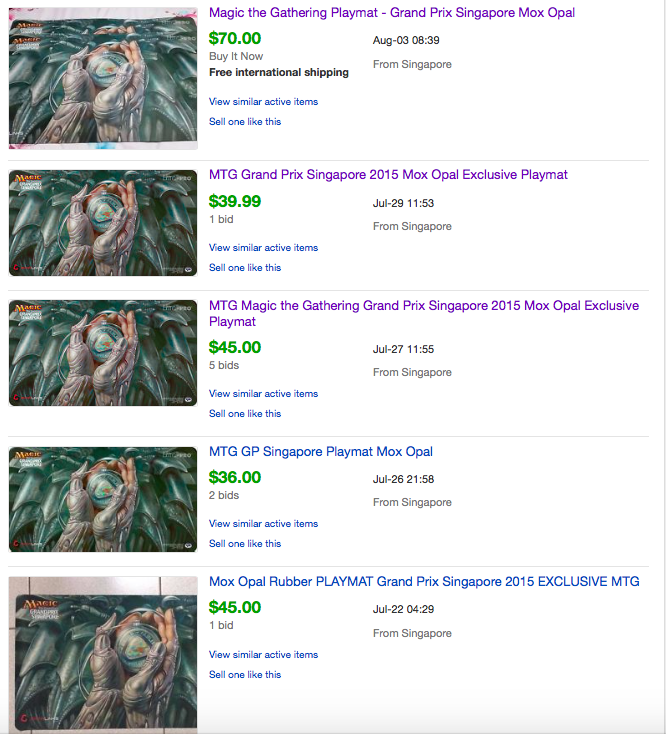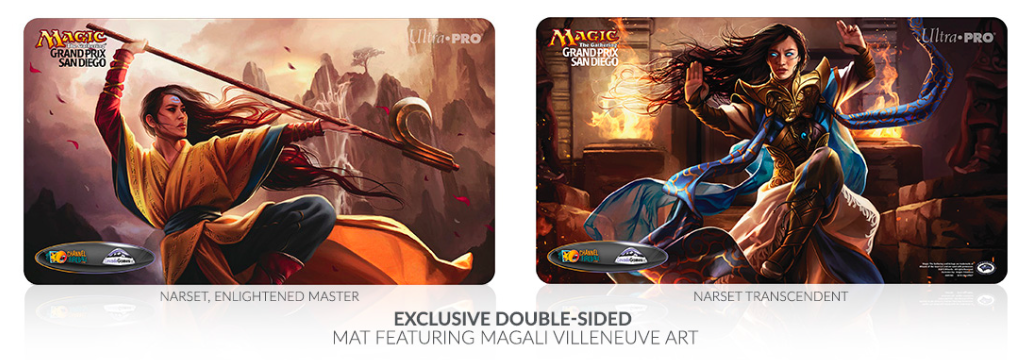By: Guo Heng
The first major event in the swanky new Battle for Zendikar Standard concluded last weekend and, oh boy, the results look juicy. No, I am not going to discuss the results in depth, as my fellow writers, Sigmund Ausfresser (@sigfig8) and Travis Allen (@wizardbumpin) dissected the MTG finance impact of the event extensively in their articles this week, which you can read here and here.
What caught my attention was the following excerpt from Sigmund’s piece on Monday:
“If I had to place bets, I would consider Dragonlords as prime targets. They are mythic rares from a less opened set with real potential in a slower format.”
-Sigmund Ausfresser, ProTrader: A Cautious Reaction to SCG Indy, 5 October 2015.
When I wrote about the dragonlords prior to the release of Dragons of Tarkir, I was excited about them, not just because they are freaking modern-day dragonlords and I would get to jam dragonlords in my Standard decks, but also because a few of them looked primed to be competitive-playable dragons—and to me, a perfect union of Spike and Vorthos is one of the best things about Magic.
Four of the dragonlords proved themselves in various formats in the months after Dragons of Tarkir‘s release (as expected, Dragonlord Kolaghan languished). Their prices have since mellowed as the supply of Dragons peaked and newer sets have stolen the limelight. Today, I’m excited about the dragonlords once again, as the seismic shift in the Standard metagame that came with the October rotation means the dragonlords have another shot at sitting on the Iron Throne of Standard.
Most of the dragonlords are available at close to their preorder prices right now as the dust from the October rotation is settling and the apex predators of the new Standard have yet to emerge. Their low prices, combined with the fact that they are mythics from a set that was not opened much, as Sigmund mentioned above, makes some of them particularly juicy short-term targets before the dust settles.
Dragonlord Atarka
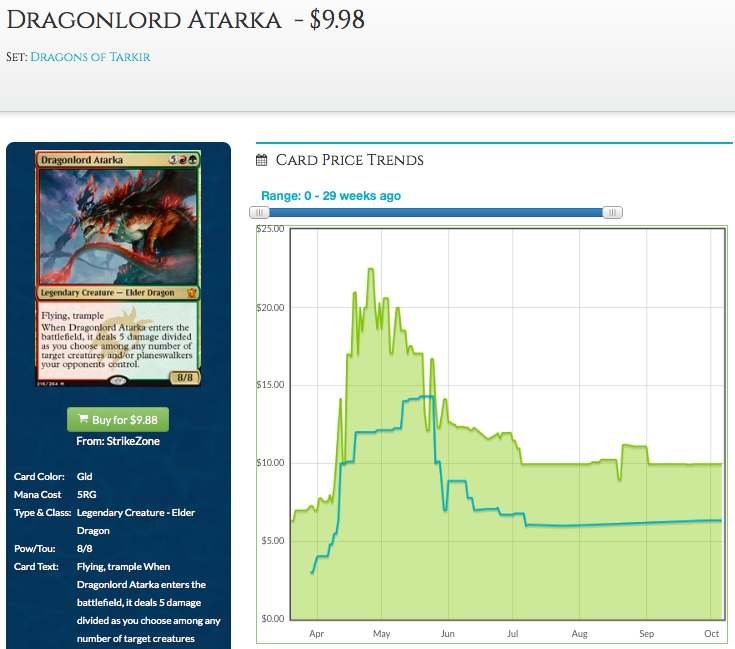
I guess it is fitting to say that my prediction for Dragonlord Atarka went Horribly Awry. Let’s see if I can redeem myself the second time around. Dragonlord Atarka has proven herself to be a very playable card. While she was predominantly found in Green-Red Devotion lists, she also served as the curve-topper in non-ramp decks, because there’s nothing like decimating your opponent’s board while you summon an 8/8 trampling flyer.
Her ability to grace non-ramp decks widens the array of potential decks she could fit into. Ramp would still be Dragonlord Atarka’s primary home, and we still have access to a plethora of powerful ramping tools, including the Eldrazi processors. Her powerful enter-the-battlefield ability would likely lead her to be included in See the Unwritten decks, a la Ondrej Strasky’s Green-Red Devotion which finished in the top four at Pro Tour Dragons of Tarkir.
Ultimately, Dragonlord Atarka is a playable mythic rare from a set that was not opened much. After all, Dragons of Tarkir was a set with multiple $10-and-more rares, including $11 Den Protector, $15 Atarka’s Command, and $11 Kolaghan’s Command (I may be cheating with the last one as Kolaghan’s Command is a Modern staple, but you get the gist). Due to the set’s relatively low supply, it will not take much to bump Dragonlord Atarka’s price.
Having said that, her spread has been static for the past few months, at around 36 percent. I would prefer to trade for Dragonlord Atarka rather than spend cash to acquire copies of her. I prefer to save my cash for a different dragonlord, which I will discuss below.
Verdict: Trade for Dragonlord Atarka.
Dragonlord Dromoka
It baffles me why Dragonlord Dromoka is not seeing play in Standard besides cropping up as a one-of sideboard card in Abzan Control. An uncounterable, lifelinking threat with a huge body who also serves as a Grand Abolisher, all at the reasonable price of six mana, surely should have a home. It turns out that at six mana, most people have preferred to jam an Elspeth, Sun’s Champion.
Now that lady Elspeth is out of the picture, it may be Dragonlord Dromoka’s time in the limelight, at least in Abzan or decks that can generate green and white mana. Dragonlord Dromoka may not have the same impact-upon-resolution that Elspeth grants, but she is still a sticky, must-answer threat. Resolving Dragonlord Dromoka, especially doing so on curve, often results in your opponent being forced to suffer a tempo setback when forced to deal with Dromoka on his or her turn—and that’s assuming he or she has an answer for a multicolored creature with seven toughness. And if your opponent allows Dragonlord Dromoka to stick on the board for a few turns, your opponent will be on the backfoot of the game.
Dragonlord Dromoka briefly breached $10 but has since returned to her preorder price. At barely $8, I wouldn’t mind sinking in some cash to get a few extra copies, or at least securing my own playset. Trading for Dragonlord Dromoka works as well, but I am not sure how much longer the window for copies under $10 will stay open. On the other hand, Dromoka’s spread is at 40 percent, pretty much telling us that the dealers have minimal confidence in Dromoka.
Verdict: Trade or buy, but don’t wait too long.
On the bright side Dragonlord Dromoka took down this year’s Vintage Championship. Here’s the account from Brian Kelly, who pioneered Dromoka in Vintage and went on to win the tournament, on how he created a new take on an existing archetype.
Also, the crappy brewer in me fantasizes about a Bant deck that curves from Undergrowth Champion to Kiora, Master of the Depths to Dragonlord Ojutai to Dragonlord Dromoka. Too magical Christmasland?
Dragonlord Kolaghan
Nothing much to see here. Even if a black-red aggro deck were to emerge, a six drop is probably too expensive to fit into those decks. I’m still quite bummed that Wizards wasted a dragonlord slot on a card that is bafflingly bad.
Verdict: I couldn’t even.
Dragonlord Ojutai
Dragonlord Ojutai remains one of my best calls in recent memory. I called him “the most undervalued dragonlord” when he was preselling at $6, citing that Ojutai would “probably turn (out) to be much better than he looks once we get to play with him in our decks.” Hopefully whoever read my article then bought enough Dragonlord Ojutais to make up for the cost of missing out on Dragonlord Atarka.
When Dragonlord Ojutai was hovering around $15 in early August, I called him a good pick-up once again:
After a strong showing at the Indianapolis Open last weekend, with appearances in three of the top-eight lists, Dragonlord Ojutai bumped up to $20. What do I think about picking up Dragonlord Ojutai at $20?
I have a strong suspicion that $20 is not Dragonlord Ojutai’s final price in the new Standard landscape. As Craig Wescoe pointed out in last week’s Brainstorm Brewery episode, the rotation of Hero’s Downfall and Stoke the Flames means the two most popular ways to deal with an attacking Ojutai are gone. Dragonlord Ojutai just got a lot more powerful as a finisher.
Dragonlord Ojutai has no shortage of homes in the new Standard. Esper Dragons, one of the powerhouse decks from last season’s Standard, retained most of its cards in the new Standard. One of the top-eight Jeskai Black (Clay Spicklemire’s) lists ran two Ojutai in the main, and while Gerry Thompson’s Five-Color Bring to Light build did not run any of the dragonlord, Kent Ketter and Joe Lossett made top 16 with their versions, each featuring a singleton Dragonlord Ojutai in the main.
Ojutai Bant’s core, which comprises of the megamorph synergy between Den Protector and Deathmist Raptor, is still available in Battle for Zendikar Standard, and the archetype could see a resurgence, especially with the addition of Gideon and Kiora, which could potentially bolster the deck’s power level.
I am not sure if $20 is the ceiling for a six-month-old mythic with so many potential homes. New supply of Dragonlord Ojutai will likely have trickled to a halt and the highly probably increase in demand could easily result in a $30 or more price tag—I wouldn’t be surprised if Dragonlord Ojutai hits $40 again. Dealer confidence has yet to be seen, as the buylist price for Dragonlord Ojutai has remained at $10 regardless of the retail price bump over the past few days.
Verdict: If you want to assemble your playset of Dragonlord Ojutai, it is unlikely you will be able to find him any cheaper than he is now. If you have an appetite for risk, I do think that Ojutai could hit at least $30, if not $40.
Dragonlord Silumgar
Yet another winner from the rotation of Hero’s Downfall. Though you still have Abzan Charm, Valorous Stance, and possibly Utter End to contend with when resolving Dragonlord Silumgar‘s enter-the-battlefield trigger.
Nevertheless, here are a couple of reasons why I am excited about Dragonlord Silumgar right now:
One
Our very own Jim Casale’s (@Phrost_) tweet brings to mind the fact that Battle for Zendikar Standard may very well feature big creatutes and ramp spells, be it Ulamog or not, and a Sower of Temptation with a higher toughness oozes potential. Just watch the semifinals match between Shoota Yasooka and Ondrej Strasky during Pro Tour Dragons of Tarkir to witness the power of Sower against opposing ramp decks. Also note that Dragonlord Silumgar kills Gideon. You know, in case Gideon becomes super popular.
Also, in the worst-case scenario, you could throw Silumgar in the way of whatever Eldrazi titan that is coming your way and he does a pretty good job of removing them.
Two
Only $5!? Dragonlord Silumgar was actually under $5 when I started on this article. Dragonlord Silumgar may not be a key player along the lines of his fellow Dragonlords Atarka and Ojutai, but surely $5 is way too low for a playable mythic from a quickly aging set that was not opened much? Having said that, Dragonlord Silumgar does have a spread of 47 percent. Perhaps the dealers have yet to catch up with the card?
I suspect Dragonlord Silumgar’s low price could be ascribed to the fact that he has not seen play over the past six months or so, besides appearing as a one-of in the sideboard of Esper Dragons. People forgot what a game-breaker resolving a well-timed Dragonlord Silumgar is.
Verdict: I like Dragonlord Silumgar as a pick-up at $5. I am perfectly comfortable picking him up at $5 in cash and/or trade.
Conclusion
A good number of these dragonlords are good short-term picks. They are short term picks because the pecking order for the new Standard has yet to be established, and even though they are powerful and proven cards, with the exception of Dragonlord Ojutai, they can be acquired at their pre-spike prices, or even lower as with the case of Dragonlord Silumgar.
I would like to reiterate that the dragonlords are short-term picks. As I mentioned in a previous article, the fact that Wizards is willing to reprint Standard mythics in its Standard supplementary products increases the risk of holding on to Standard mythic specs for too long. While the dragonlords dodged the Battle for Zendikar Event Deck, there is no guarantee they will not appear in upcoming ones (though it would be a flavor fail, but then again, it does not seem that Wizards is not too bothered with flavor when it comes to Event Decks/Clash Packs).
Thanks for reading. Do share your thoughts in the comments section below or catch me on Twitter at @theguoheng.
